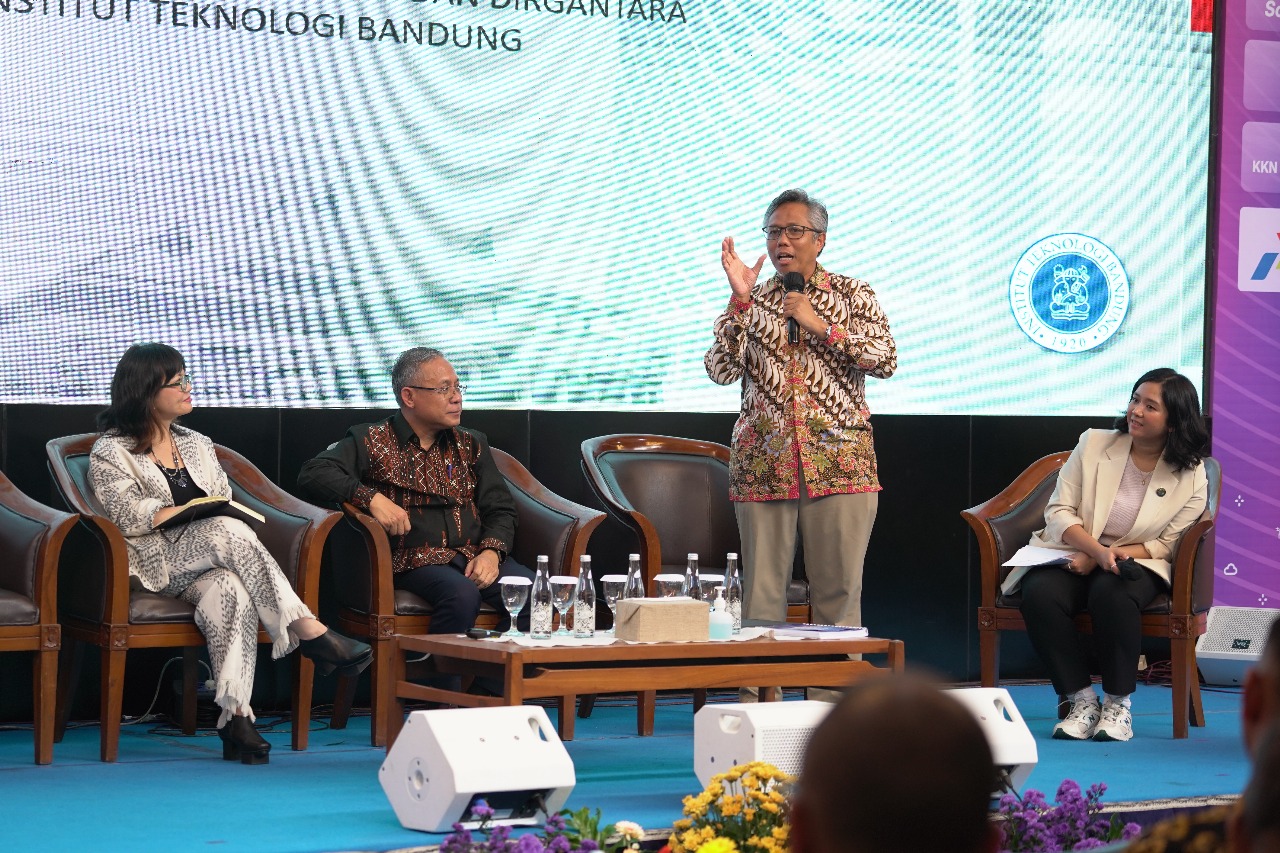Biodiversity and Beyond: Getting to Know Biodiversity Technologies
By Adi Permana
Editor Adi Permana

BANDUNG, itb.ac.id— School of Life Sciences and Technology (SITH) ITB held a P101 virtual exhibition. On the second day of the SITH online webinar "Biodiversity and Beyond," Friday (2/7/2021), they invited Dr. Rizkita Rachmi Esyanti, Dr.Eng. Isty Adhitya P., and Rudi Dungani, Ph.D. The speakers were asked to have a discussion about biodiversity.
Even though they were still in the biodiversity corridor, each speaker talked about something different. The first speaker was Dr. Rizkita Rachmi. She spoke about the use of bioreactors in tissue culture. Dr. Rizkita stated that one option to get excellent seeds in huge quantities and in a short amount of time is to use network technologies. The bioreactor, on the other hand, is utilized for large-scale tissue culture.
Tissue culture technology, she argued, may speed up the selection process in developing agriculture, produce predictable results, and is a better option for regeneration and low germination than traditional methods. Plants with better features, such as disease resistance and high productivity, can be obtained by tissue culture.
The second speaker, Dr.Eng. Isty Adhitya, highlighted the use of biosurfactants to combat biocorrosion. The presentation began by discussing issues in the petroleum business, such as declining oil production and metal pipe corrosion. According to global statistics, Microbial Influenced Corrosion (MIC) accounts for up to 20% of all corrosion.
Dr.Eng. Isty also discussed a new biosurfactant made from Bacillus sp. F7 that can be used to replace less ecologically friendly biocides in the fight against biocorrosion. Biofilm biocorrosion is caused by an electrochemical mechanism that causes the metal to corrode over time. Microorganisms that grow on metal surfaces and promote corrosion are known as biofilms.
Meanwhile, the final speaker for this webinar was Rudi Dungani, Ph.D. He discussed about wood materials and how they may be used to make earthquake-and fire-resistant homes. His presentation began with an illustration showing that Indonesia consumed 7.6 million units of building wood for housing needs, or 800 thousand units each year, with the provision of housing being a pillar of a country's development.
According to Rudi, Indonesia is located in a geological location prone to earthquakes (ring of fire), demanding the construction of a strong and earthquake-resistant structure. Rudi and his colleagues studied hybrid plywood, which combined coconut fiber with Jabon trunk veneer, in 2020.
The research products were finally put to the test in a laboratory setting, passing density, water absorption, bending, and even the flammability test. The findings of these studies show that by adding a fire retardant, the combustion rate of hybrid plywood can be boosted. Furthermore, hybrid wood has better bending strength and bending modulus, making it suitable for usage as wall and ceiling components in earthquake-resistant homes.
Rudi's presentation marked the end of the materials presented on the second day of the webinar. SITH ITB previously held a webinar with experts. Until the second day, there were a total of six speakers. During the pandemic, SITH ITB aims to widen its horizons through virtual activities.
Reporter: Athira Syifa (Postharvest Technology, 2019) dan Khalisha Rhea Amalia (Chemistry, 2019)
Translator: Sekar Dianwidi Bisowarno (Bioengineering, 2019)

.jpg)
.jpg)
.jpg)
.jpg)
.jpg)


